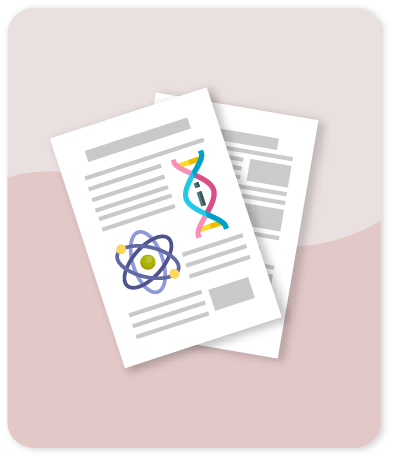TiO2/spacer succinate films grafted onto nylon as a new approach to develop self-cleaning textile fibers that remove stains: a promising way to reduce reliance on cleaning water

Compartir este ítem
Fecha
2023Autor
Mejia M.I
Mosquera-Pretelt J
Marín J.M
Pulgarín C
Kiwi J.
Citación
Metadatos
Mostrar el registro completo del ítemResumen
Succinic acid was used as a spacer to bind titanium dioxide onto nylon as a new approach to develop self-cleaning fibers. Photoinduced decomposition of stains was achieved within acceptable times under ultraviolet A irradiation, a component of both solar light and indoor lamps spectrum. The surface properties of this innovative film were determined by scanning electron microscopy, electron-dispersive X-ray spectroscopy and Fourier transform infrared spectroscopy. The self-cleaning process was evaluated by analyzing the discoloration of coffee and palm oil stains by ultraviolet/visible diffuse reflection spectroscopy and mineralization via CO2 evolution, recorded using an infrared sensor. The results indicate that grafting TiO2 onto nylon, a synthetic fiber, using succinic acid is a successful chemical binding method, leading to a new self-cleaning material for stain discoloration. This new material is a promising solution to save water and reduce wastewater generated by the use of conventional substances used in textile cleaning. © 2022, The Author(s).
Colecciones
- Indexados Scopus [1813]
